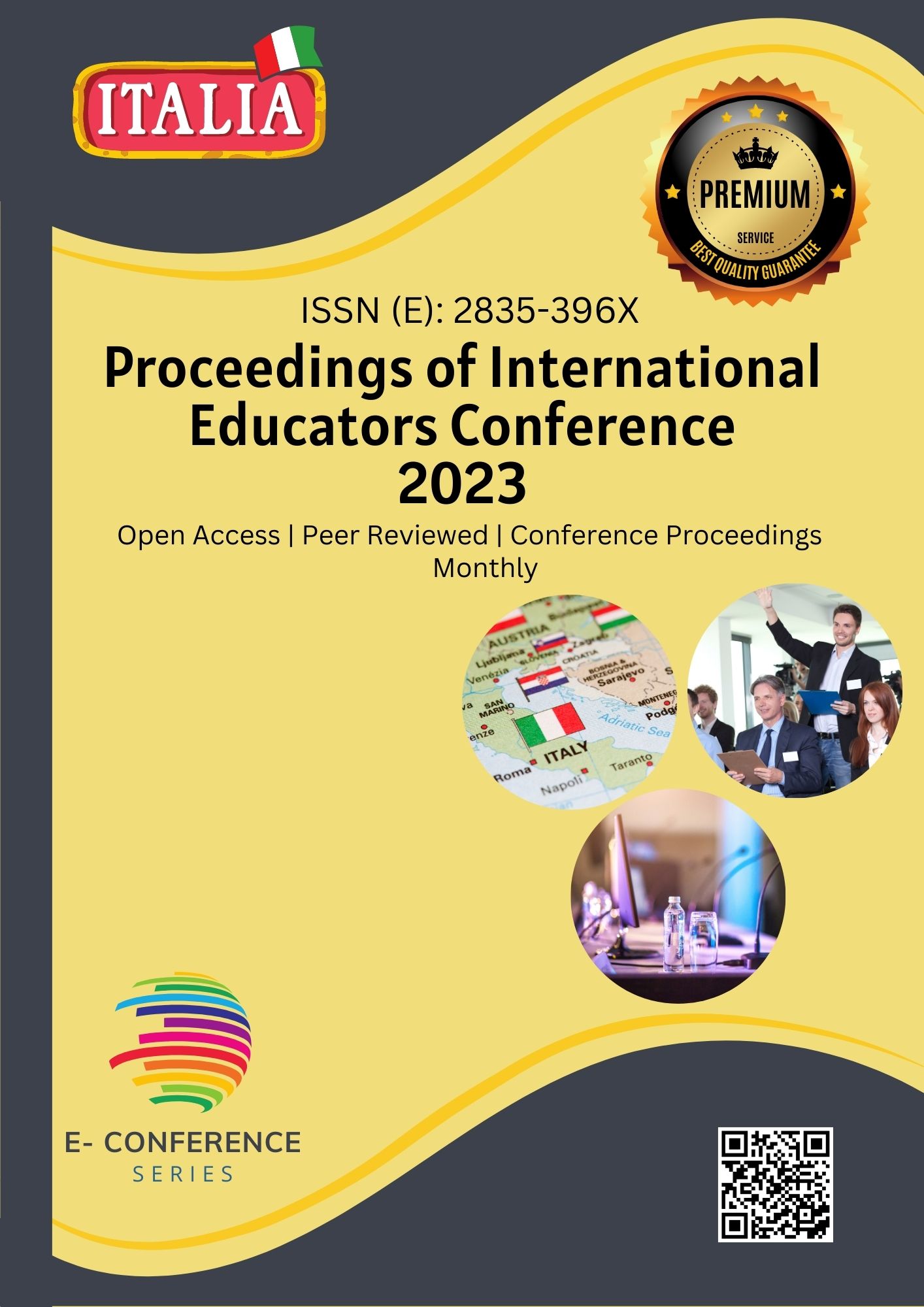FOREIGN EXPERIENCES OF TRANSLATION STUDIES
Keywords:
word-for-word approach, metaphrase, paraphrase, imitation, techniquesAbstract
Translation is as old as human civilization. Since the dawn of civilization, we, human beings, have been using language to translate our thoughts and ideas. We use a set of symbols or codes to communicate or transfer an idea or thought or a feeling to the person whom we address during an act of communication. Here too we have translation. In this sense, we translate every day. With the evolution of human society, we became more anxious to know about the thoughts and feelings of people in distant places. Hence we used two sets of symbols and codes to transfer the thoughts and ideas of people speaking a different language to our own language. This gave rise to translation as we see and use it today.
References
Michael Cronin, Across the Lines: travel, language, translation (Cork: Cork University Press) 2000. 2. Peter France, Translation Studies and Translation Criticism, in Peter France ed. The Oxford Guide to Literature in English Translation (Oxford: Oxford University Press) 2000, p. 3. 3. Anuradha Dingwaney, Introduction: Translating ‘Third World’ Cultures, Anuradha Dingwaney and Carol Maier, eds. Between Languages and Cultures Translation and Cross-Cultural Texts (Pittsburgh and London: University of Pittsburgh Press) 1995, p. 4.
Baker, M. (1998). Encyclopedia of Translation Studies, London and New York: Routeledge.
Benjamin, W. (1968). The Task of the Translator, in Illuminations, ed. H. Arendt, trans. Harry Zohn, New York: Schocken, pp. 69-82.
Dryden, J. (1680). „Metaphrase, paraphrase and imitation‟. Extracts of „Preface to Ovid‟s Epistles‟ in R. Schulte and J. Biguenet (eds) (1992), pp. 17-31.
https://www.k-international.com/blog/the-challenges-of-translating-literature/
Downloads
Published
Issue
Section
License

This work is licensed under a Creative Commons Attribution-NonCommercial 4.0 International License.








